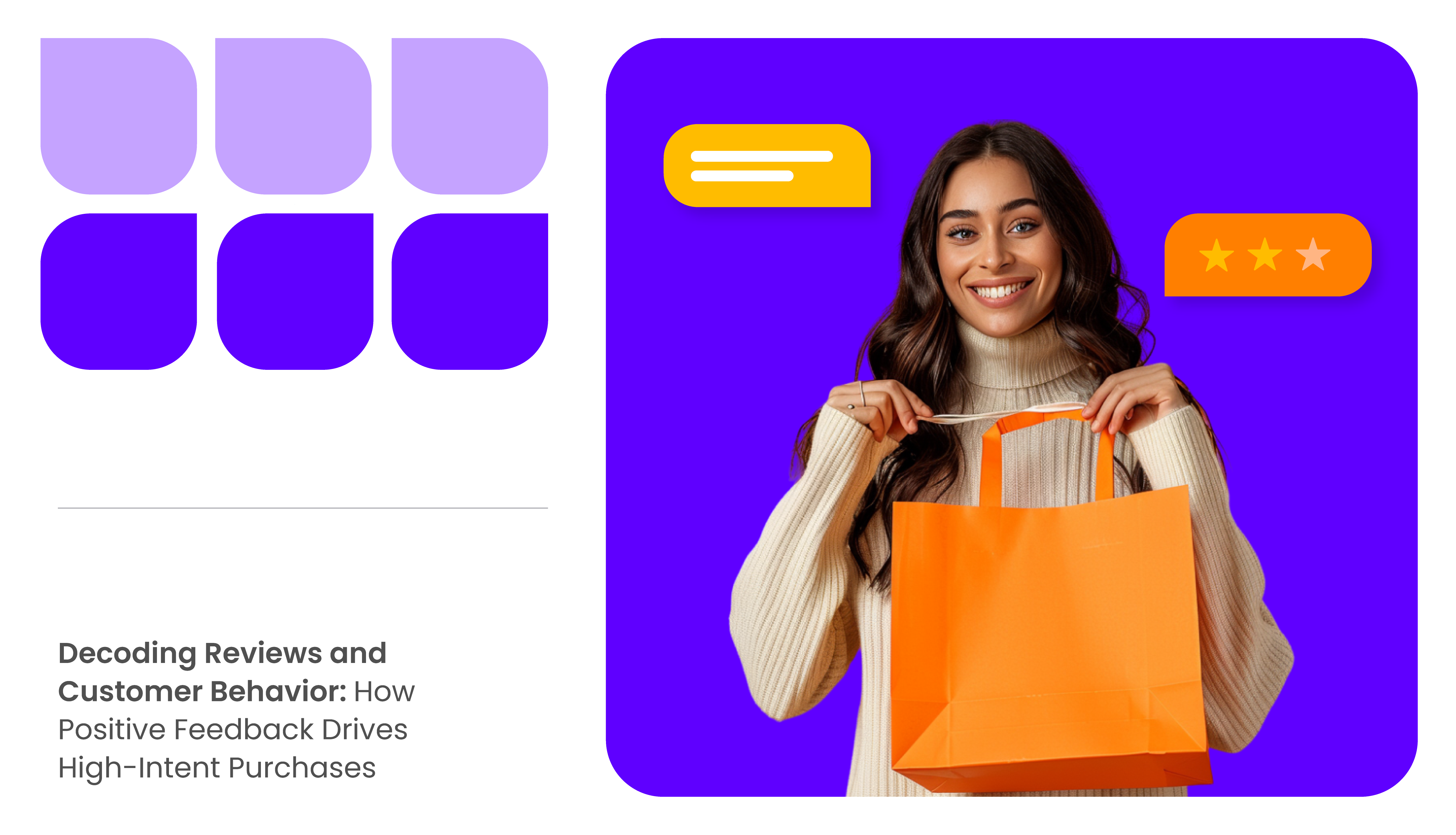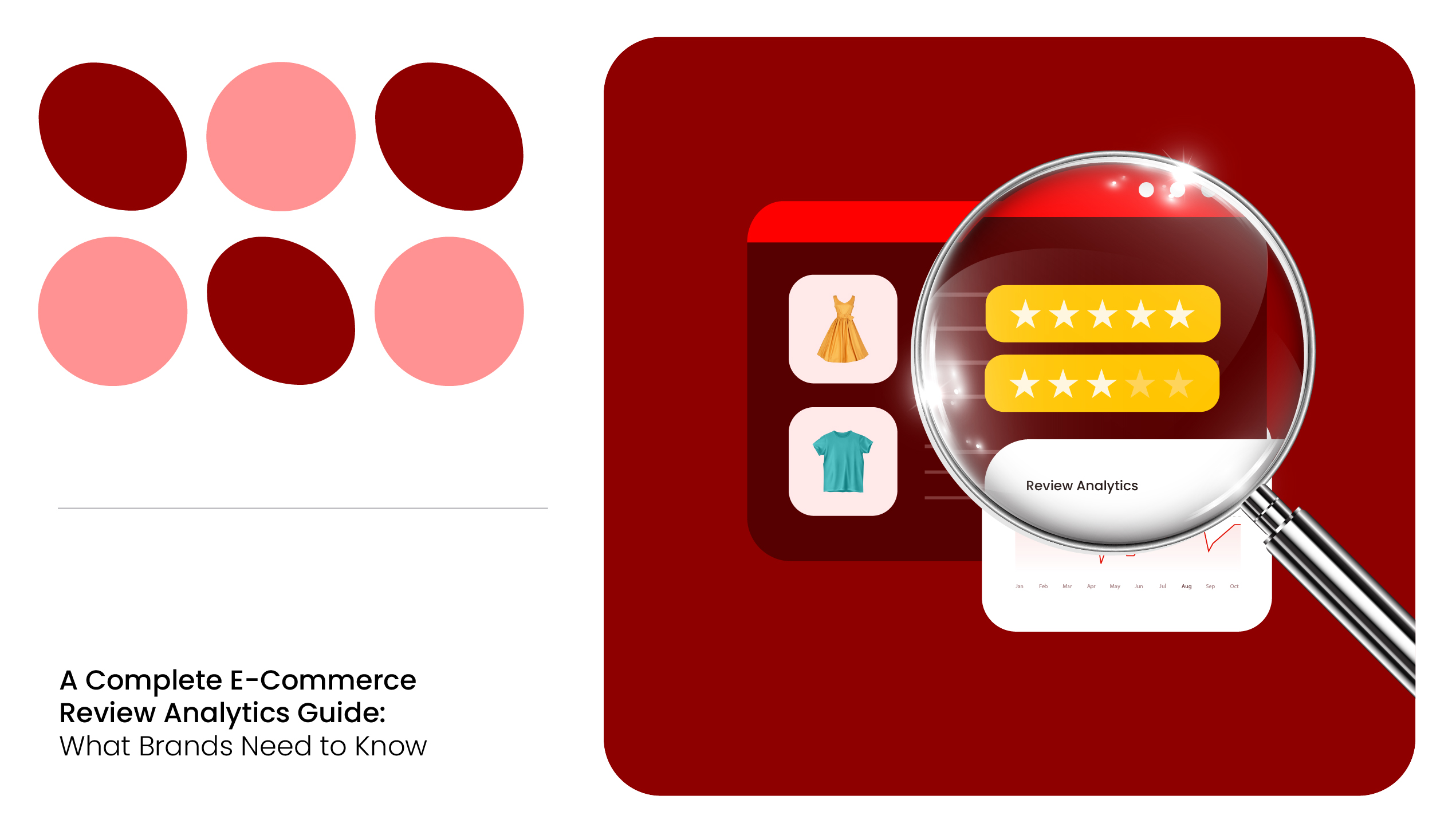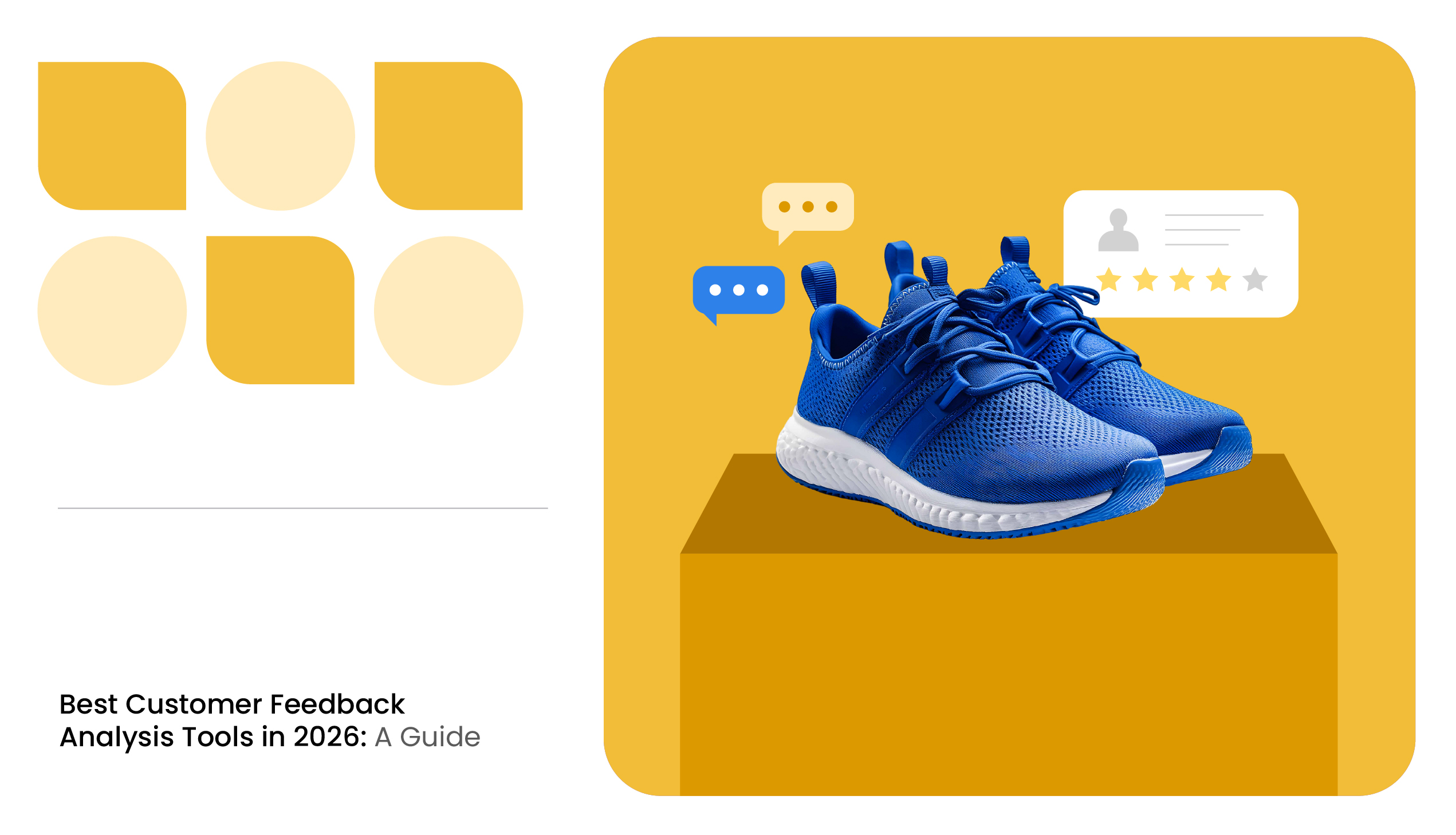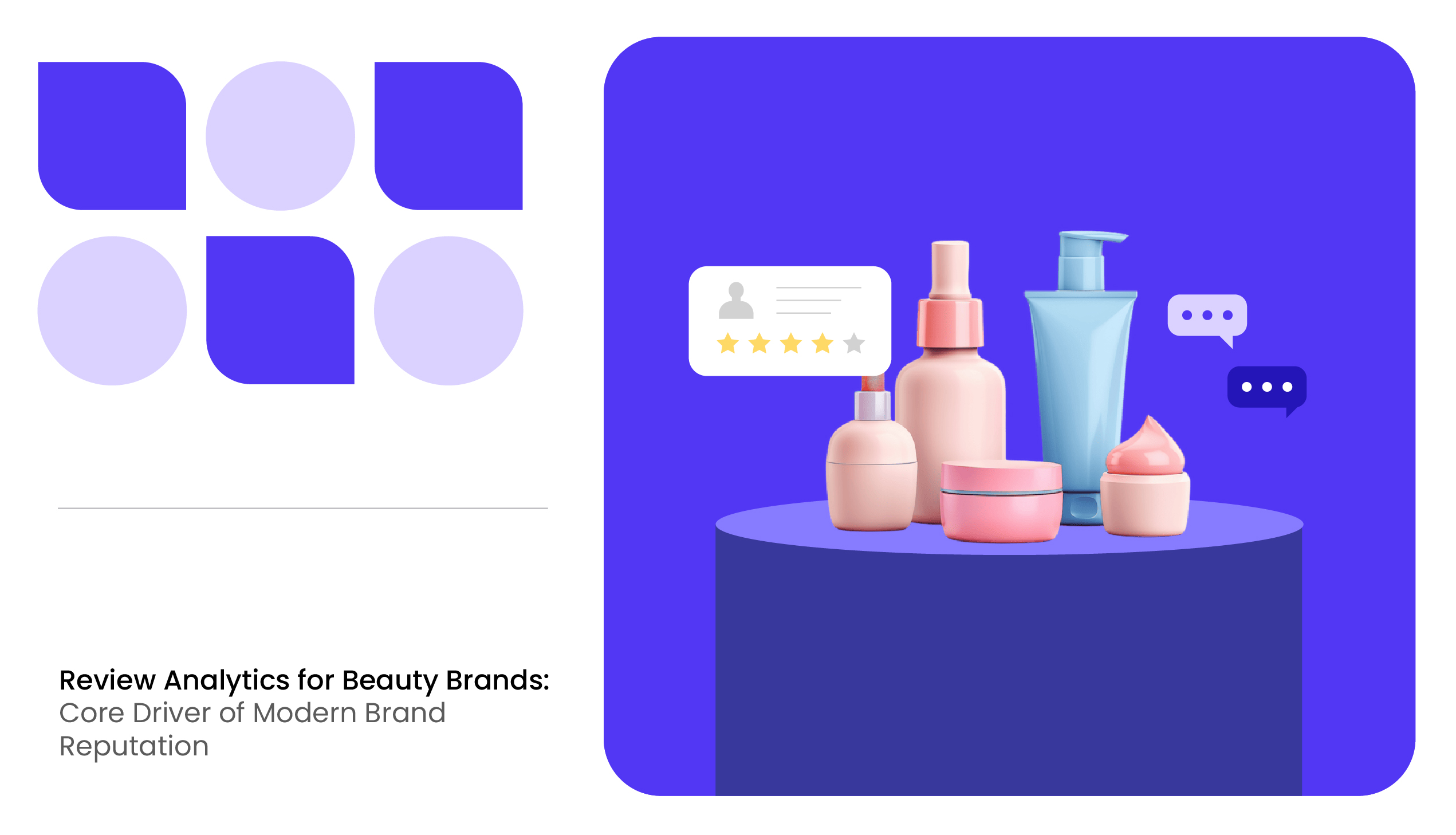Do you know how every product page on Amazon has that pool of customer reviews? Well, here’s the deal: those reviews can decide your brand’s performance on Amazon or any digital commerce retail platform.
According to a survey by SearchEngineJournal, 59% of shoppers expect at least 20 to 99 reviews under a product to trust its average rating, and almost 40% decide after reading reviews.
If you manage a brand online, you already know that today’s shoppers want more than positive reviews; they also need to feel confident about hitting “Add to Cart.”
That’s why actively understanding reviews and customer behavior is essential for boosting conversions, reputation, and customer loyalty. An e-commerce product review analysis platform can help your brand improve its review game.
Who Are High-Intent Shoppers?
High-intent shoppers are consumers who have a clear buying goal. They’re typically in the final stages of their decision-making process, ready to purchase if they find the right product.
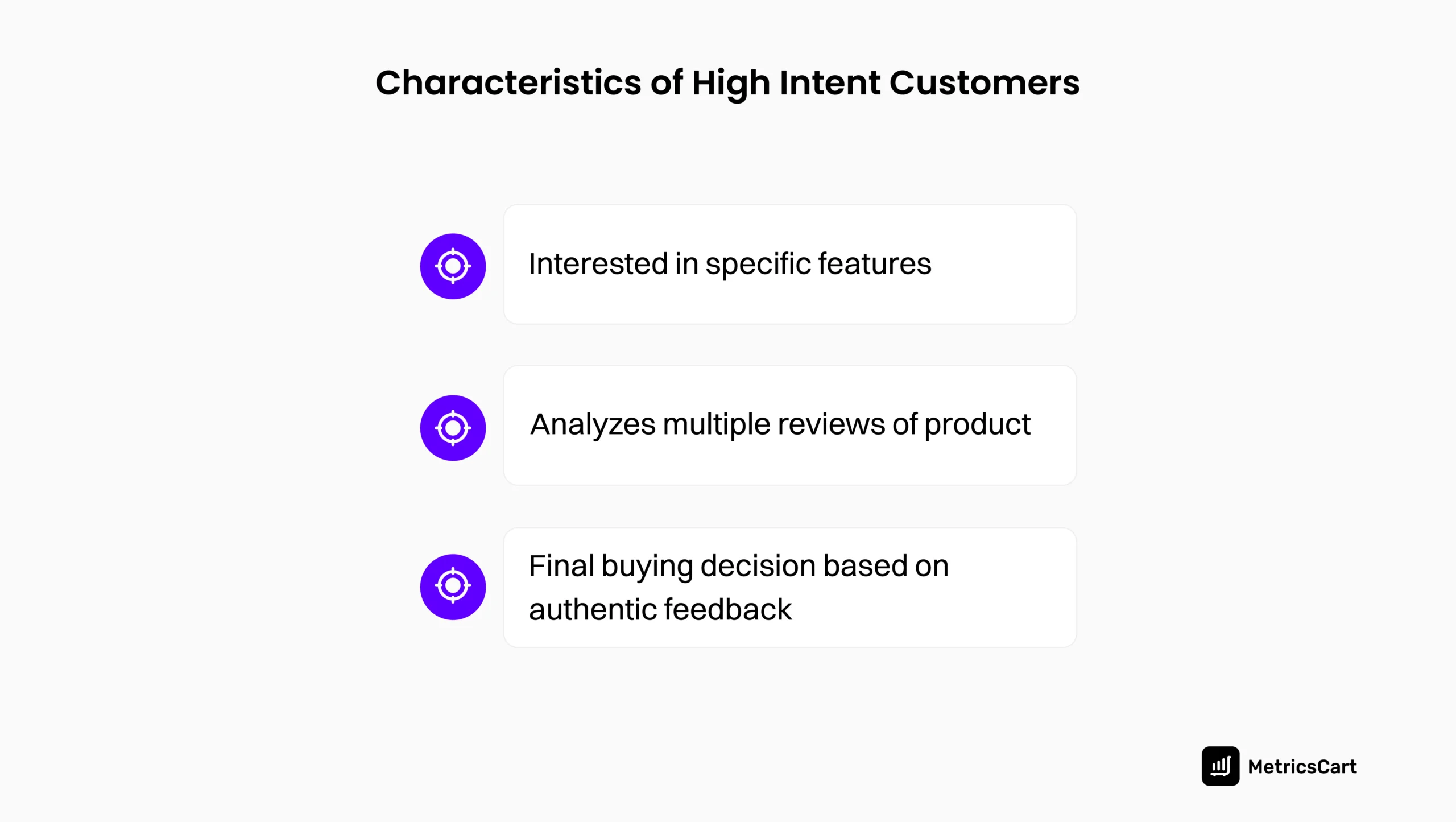
A high-intent consumer is a person who:
- Look for specific features
- Analyzes reviews for brand value
- Makes the final decision based on authentic feedback
Unlike casual shoppers, high-intent customers often use search terms like “best,” “top-rated,” or “recommended” to validate their choice. These shoppers don’t just seek the lowest price but also look for quality, reliability, and customer satisfaction.
READ MORE | Want to know how reviews can reduce cart abandonment rate? Check out our blog on How to Reduce the Cart Abandonment Rate with Reviews?
How Reviews Influence High-Intent Customers?
Customer reviews and purchasing decisions are invaluable for shaping brand perception. Positive feedback can boost a product’s perceived value by highlighting quality and innovation, which is crucial in consumer psychology.
Brand loyalists would not analyze reviews like high-intent shoppers, and new product explorers would read through them to get an overall idea about your product.
However, for a high-intent consumer, reviews that emphasize product benefits like durability or functionality can elevate a product’s worth and increase their desire to buy it.
A high-intent customer would:
- Look at the most recent reviews of a product.
- Analyze star ratings according to their categorization.
- Seek out negative reviews and their total volume.
- Search for expert or verified reviews with images or videos.
It is important to note that negative reviews provide transparency and authenticity, building trust when brands respond appropriately.
So, for brands, it is essential to identify and categorize Voice of Customer (VoC) data according to their intent and online behaviors. Amazon recently launched its AI shopping assistant Rufus, which helps consumers get personalized recommendations, expert product advice, identify specific shopping needs, etc.
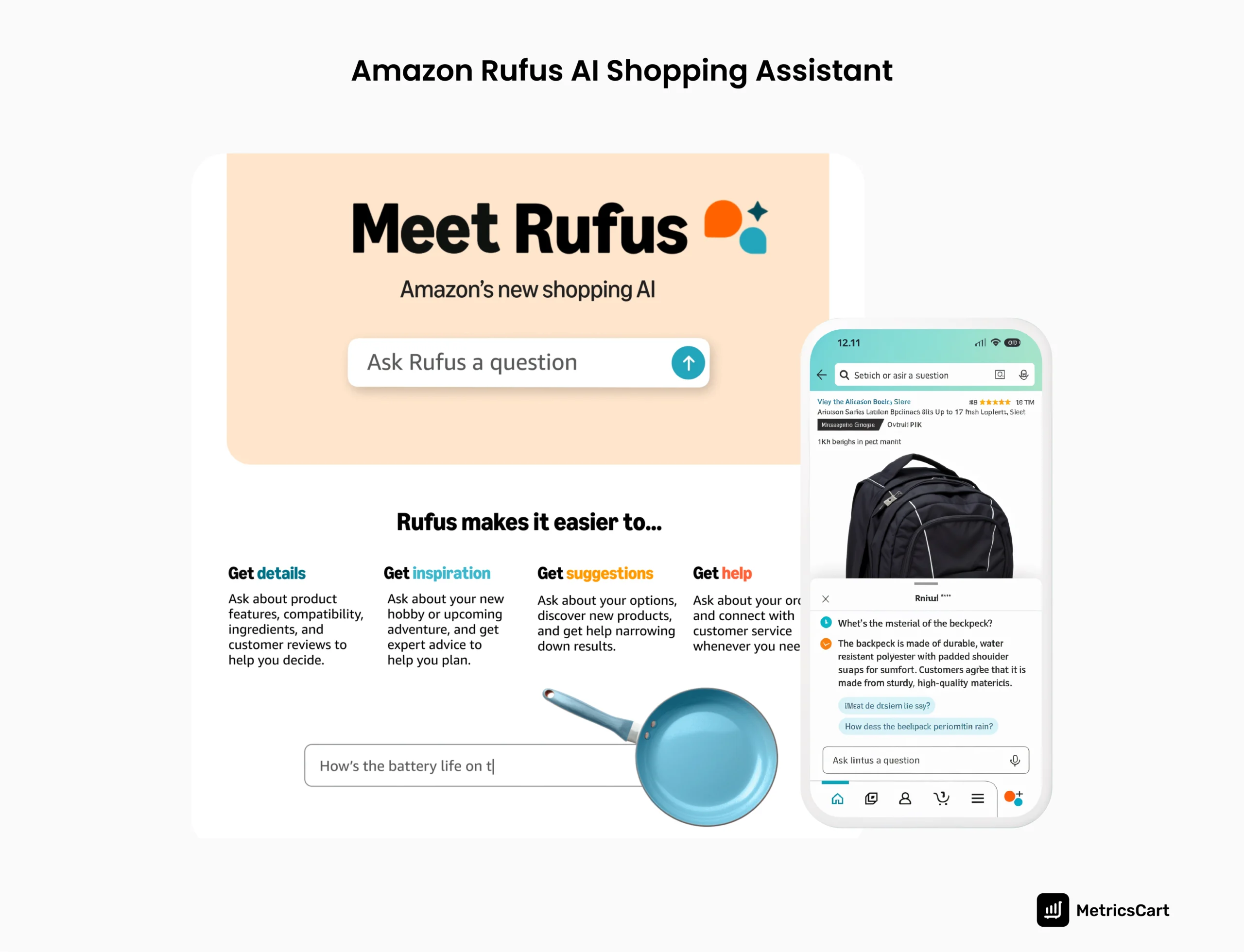
According to Amazon Organic SEO Specialist Izabela V Hamilton, aligning your product listings according to consumer intent will help build a positive brand image and increase sales.
Review monitoring tools like MetricsCart can also give e-commerce managers an edge by helping them better understand product reviews and customer behavior.

Review Monitoring Provides Clarity on Customer Intent
For brands, monitoring reviews is about much more than brand reputation management; it’s a strategy for capturing customers. When brands actively track and respond to user-generated content, they show commitment to quality and customer satisfaction.
Review monitoring tool allows brands to:
- Track reviews in real-time
- Identify themes and sub-themes in reviews
- Respond to both positive and negative reviews
- Cultivate brand loyalty through engagement
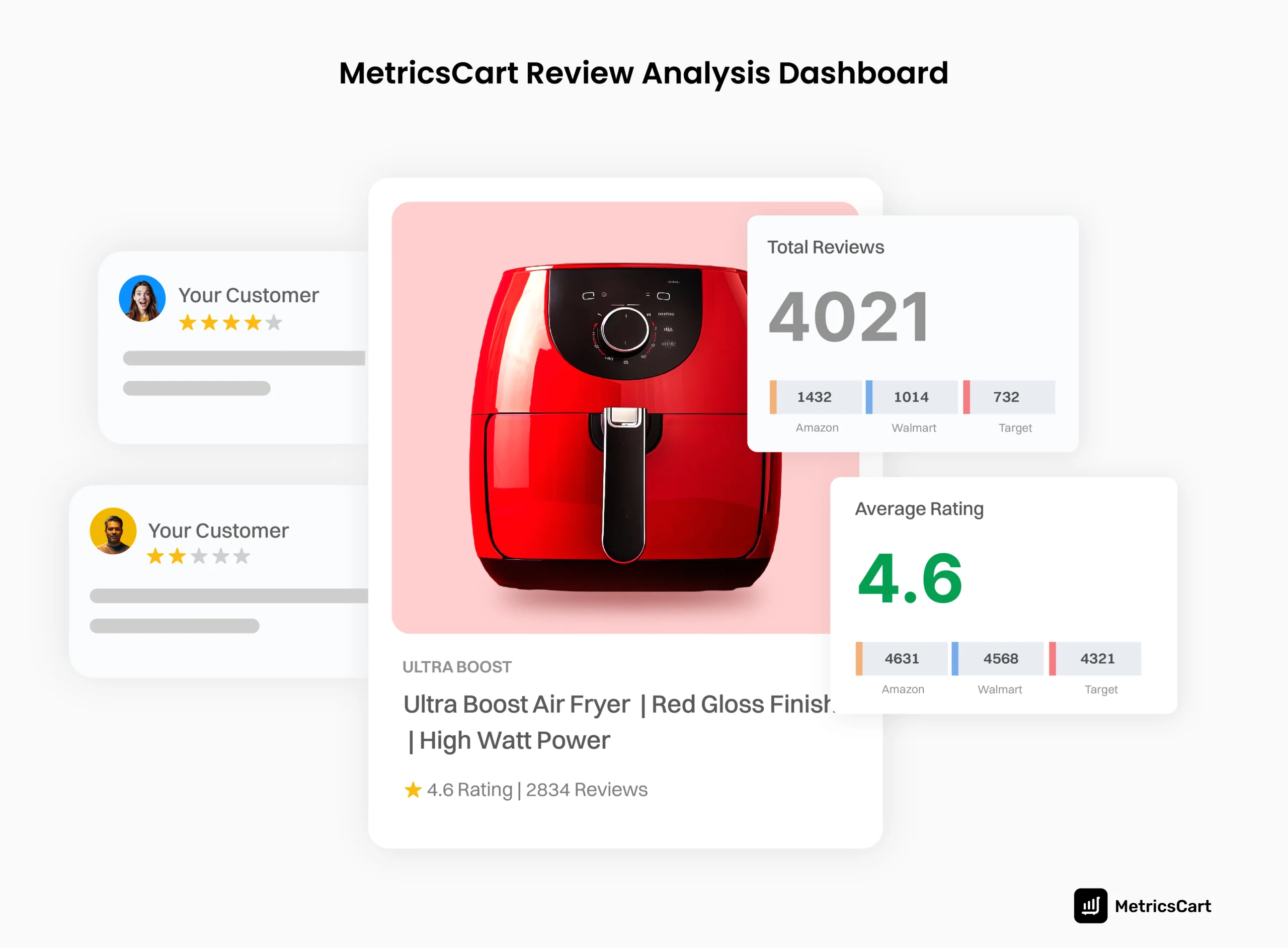
By systematically monitoring reviews, brands gain insights into the consumer buying process, helping them make strategic adjustments to meet customer expectations.
READ MORE | Interested to know about the top review KPIs? Check out our blog, Top Review KPIs that Brands Benefit from Using Review Analytics
Conclusion
Winning on any digital commerce platform can be challenging, mainly when customers heavily rely on reviews to guide their choices. Hence, customer review monitoring proves essential for brands targeting high-intent shoppers.
Positive reviews can significantly influence buying decisions, and responding promptly to negative reviews can uplift brand value and customer loyalty. Overall, maintaining a proactive stance in digital shelf analytics ensures that companies capture and retain valuable, high-intent customers.
Get Ahead and Stay Ahead. Unlock E-Commerce Success Now!
FAQ
Reviews attract high-intent customers and significantly affect brand reputation as they provide social proof and authenticity. Positive reviews can enhance brand perception, while unresolved negative reviews may deter high-intent customers.
Reviews improve SEO by contributing fresh, user-generated content, which search engines prioritize. Brands with a high volume of reviews are more likely to appear prominently in search results, boosting their visibility and credibility.
Reviews provide real-world feedback, highlighting product strengths and areas for improvement. Brands can use this feedback to refine product features, enhance quality, and more effectively meet customer expectations.
Yes, review monitoring allows brands to engage with existing customers by addressing their concerns and showcasing a commitment to quality, which can increase customer loyalty and encourage repeat purchases.
MetricsCart offers real-time review tracking, thematic review analysis, and automated alerts, helping brands respond quickly to feedback across multiple platforms. This streamlines review management and enhances brand reputation.

